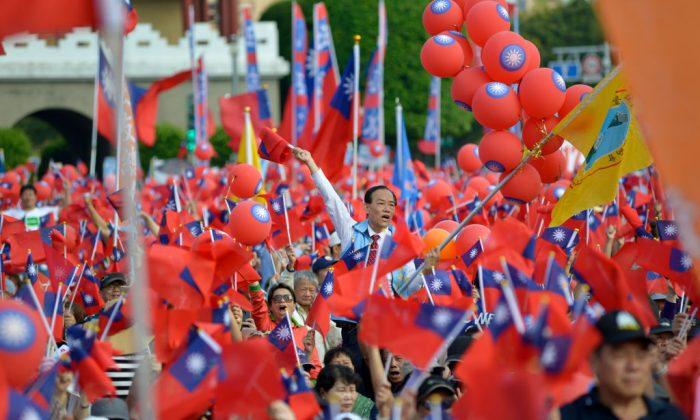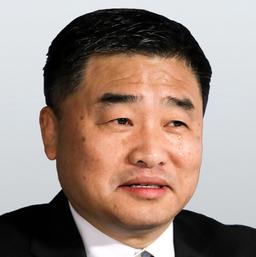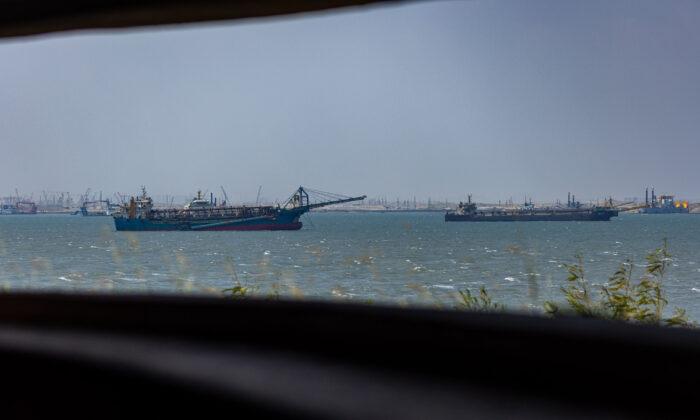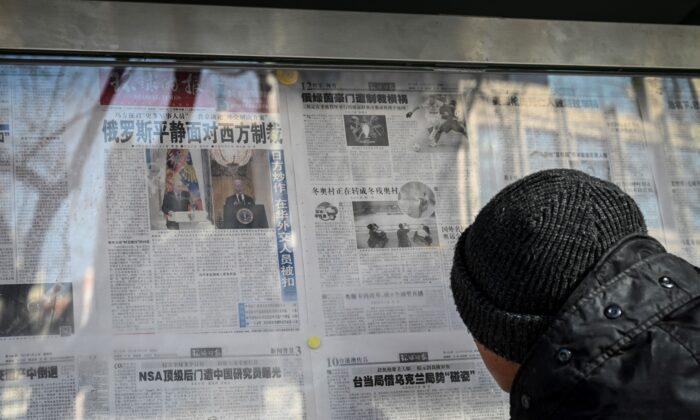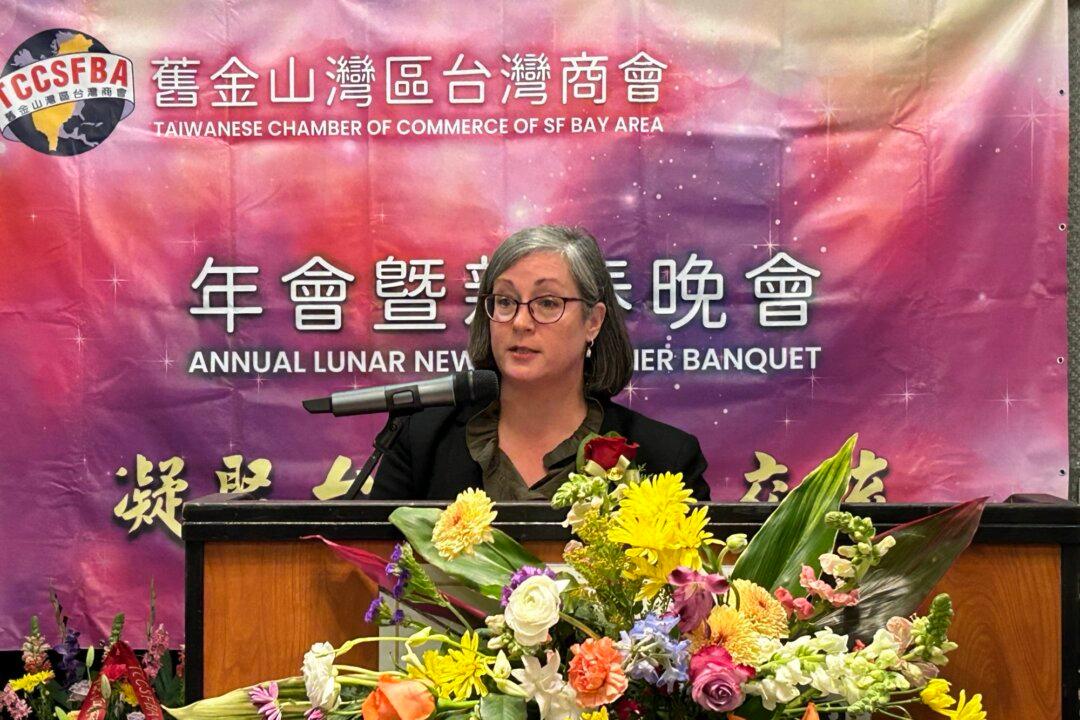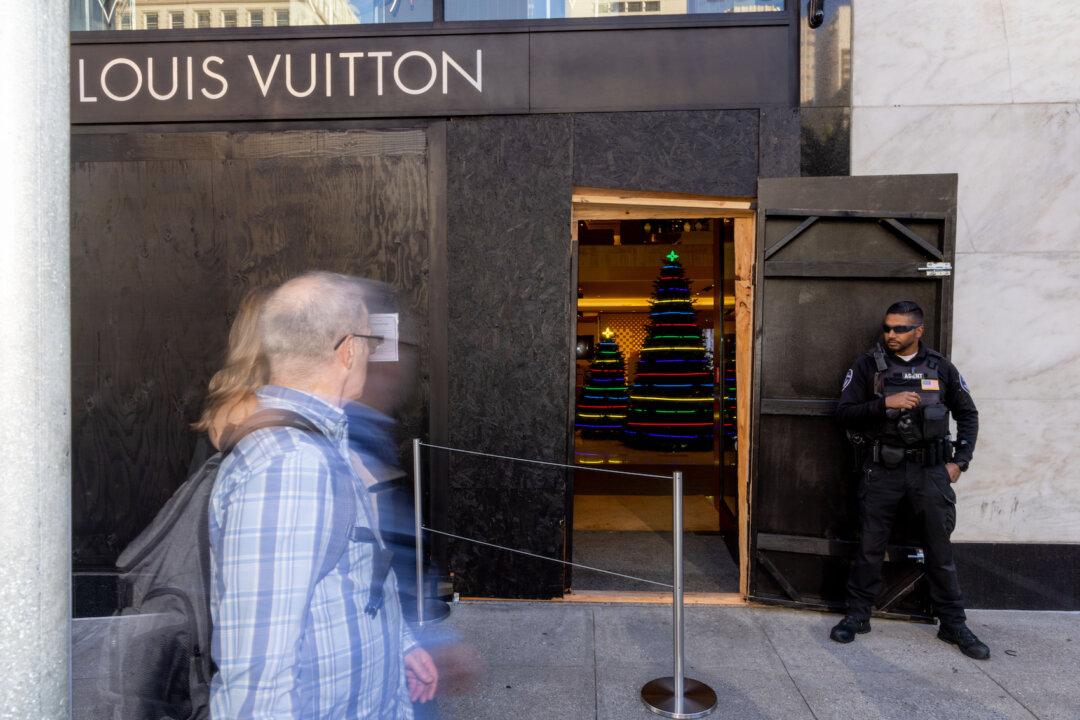SAN FRANCISCO—The Taipei Economic and Cultural Office (TECO) in San Francisco recently started using a new Facebook logo, following the same Facebook change as Taiwan’s Ministry of Foreign Affairs.
The new logo is a circular shape emblem with a printed name of Taiwan, accompanied by a sweet potato-shaped figure: the image of the island nation.
The use of the name Taiwan on the logo, instead of Republic of China (ROC), has caused some criticism from Taiwan’s opposition party, the Nationalist Party (KMT).
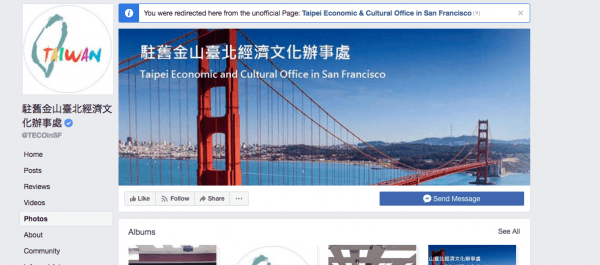
“Republic of China” is the name of the rival government set up by Sun Yat-sen in the early 1920s, in contrast to the Chinese Communist Party (CCP). The two fought to rule China during the civil war. In 1949, the ROC was defeated and retreated to the island of Taiwan. But the name continues to be used by some Taiwanese who believe the ROC still lays legitimate claim to mainland China, and can one day defeat the CCP to unite with the mainland.
Meanwhile, the CCP has staunchly held onto its sovereignty claims over the Taiwan island, despite the nation having its own constitution, democratically-elected government, military, and currency. China’s official stance is that it will one day unite Taiwan with the mainland, and has not ruled out military force in achieving its goal.
The KMT is known for its Beijing-friendly political stance, and are wary of upsetting China.
So far no comments have been made by Beijing.
Zhu Wenxiang, the director of Los Angeles TECO, told the World Journal in Chinese: “We are who we are,” and urged the Taiwanese people to focus on making efforts to gain more recognition for Taiwan.
Discussion about the new logo has been heating up the local Taiwanese community.
Catharina Gill, coordinator of the Northern California Taiwanese Forum, said that governments in many countries didn’t want to deal with issues related to two different Chinas, therefore using the name and shape of the island instead of the name of ROC was a perfect solution.
“Using the name of ROC could make CCP [Chinese Communist Party] angry,” said Robert Chen, the former Chair of Taiwanese & Chinese American Athletic Tournament of San Francisco Bay Area.
“Taiwan is Taiwan, China is China,” said Joe Chou, the chair of the North America Taiwanese Professors’ Association. Chou said Taiwan is a free society, while the CCP had been suppressing Taiwan in many ways.
Chou also said the Taiwanese community should support the Trump administration’s recent focus on tackling the CCP’s penetration and interference in America’s civil and political society.
Chou’s comments reflected the Hoover Institution’s recent report on China’s “sharp power” influence in the United States. The 200-pages-long report was published on Nov. 29.
“From the bottom of my heart, I don’t think I am related to China at all,” said Annan Chen, the former chair of the Cupertino-TaiChung Sister City Committee.
Eva Lee, the former Treasurer of Cupertino-TaiChung Sister City Committee, said that China had been forcing Taiwan to call itself China’s Taiwan, which made her feel as though she were losing her belonging to her birth country.
Lee said that China has been ruled by just a few CCP leaders, but Taiwan has become a democratic country with its own elections. She preferred to live in a free country.
Gordon Lee, a member of Taiwan Forum, said he liked the new logo using the shape of Taiwan as part of the emblem. Let China believe the island is the CCP’s, he said, but “Taiwan is our Formosa.”
Ami Lee, a committee member of Taiwanese Association of America, said if the Chinese government could not even take care of the people in China, why bother to rule people in Taiwan?
Lee travels to China frequently. In the past decade, many of her friends went to China to invest in its manufacturing industry, but Lee only saw that they came back to Taiwan after losing all their money.
